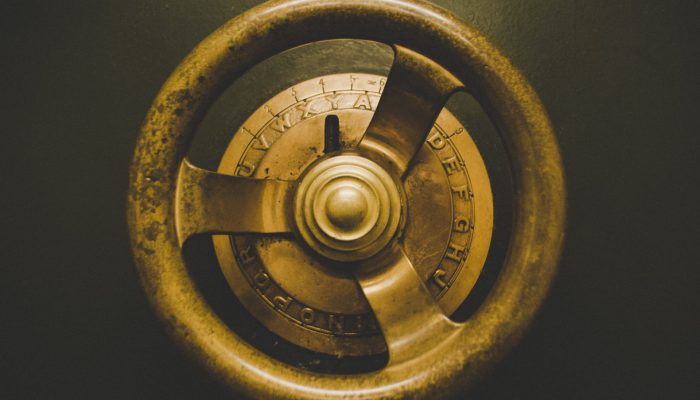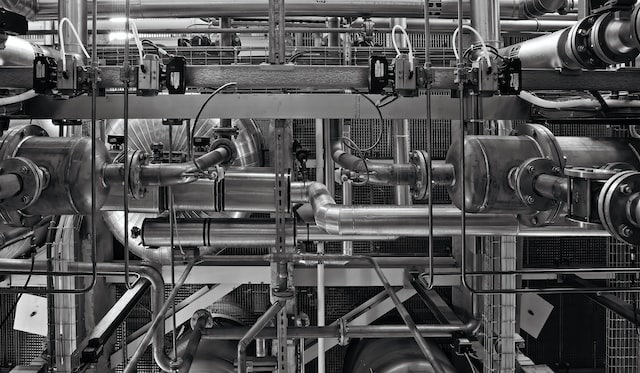Pipe
One of Tidots’s specialties is pipes. Let’s get to know this product a bit more!
I. Identifications
Pipes are divided into several categories in terms of connections, materials, and applications. Among the types of pipes used in the industry, we can mention steel, copper, and polymer pipes. In general, the pipe is a hollow cylindrical piece that is installed in residential buildings and large industrial environments to transfer the flow of fluids such as water and gas.


Building facilities are one of the most important parts of the building, which has a complex system that requires a variety of building water pipes of different types and quality. The selection of each pipe in the desired location depends on its type and application.
The types of pipes and fittings in the building are divided into three categories in terms of application:
- Water pipes
- Sewage pipes
- Gas pipes
II. Pipe varieties
There are different types of pipes in terms of the material produced, each of which assigns a unique function to each of them. In the following, we will also examine the type of pipes:
Galvanized pipe is classified into two types of steel and iron pipes. Galvanized pipes have high compressive strength, but they suffer from corrosion and sedimentation, so they are rarely used for piping in today’s buildings.
Polypropylene pipes are known as green or white pipes and they look like compressed plastic. The weight of these pipes is very light and they are easy to transport and install. One of the prominent features of green pipe is its resistance to freezing, impact, sedimentation, corrosion and decay, which has popularized its use in construction.
These pipes are made of cast iron and according to the place of use, they are made in different shapes, dimensions, connections and type of alloy. The cast iron pipe has the necessary resistance against the pressures that are applied to it, and it suffers less erosion than iron pipes. These pipes, like galvanized pipes, are rarely used today due to irreparable disadvantages.
PVC pipe is one of the polymer pipes that is widely used in the construction industry. The flexibility of these pipes is very high and they do not crack or break. The weight of the PVC pipe is very light and its installation is done easily and quickly.
The outer and inner layers of the five-layer tube are made of a type of polymer called polyethylene. These two layers of polymer are connected to the aluminum layer, which is the middle layer, by two layers of glue. The aluminum layer of these pipes increases the pressure resistance of the pipe, so it will not be damaged in case of an impact. The five-layer pipe does not suffer from rust and corrosion, and its strength against acidic and alkaline materials is high.
This pipe is known as PE in the market and is made of a type of thermoplastic called polyethylene. Great flexibility is one of the unique features of these pipes, which allows them to be used in different places. Polyethylene pipes are made with different densities according to the type of application.
Copper pipes have a red and dull appearance and are available in two types, hard and flexible. Usually, hard copper pipes are used in drinking water piping and domestic sewage. Flexible pipes are also used in the inlet water pipe of refrigerator and dishwasher.
III. Standards



IV. HS code
| HS code | Description |
|---|---|
| 730419 | Line pipe is one of the types used for oil or gas pipelines |
| 7306 | Tubes;pipes and hollow profiles for example open-seam or welded riveted or similarly closed of iron or steel (excluding cast iron;seamless pipes and tubes and pipes of internal and external circular cross-section) |
| 3917 | Pipes;hoses and accessories (for example: fittings; elbows;flanges) of plastic materials. The important tariff of different tariff codes for pipes varies between 5 and 20 percent |
Tidots
Mettmaner str. 119 - 40882 Ratingen, Germany
+49-162-4195257
Quick Links
Newsletter
Get in touch about our new services, products and events


